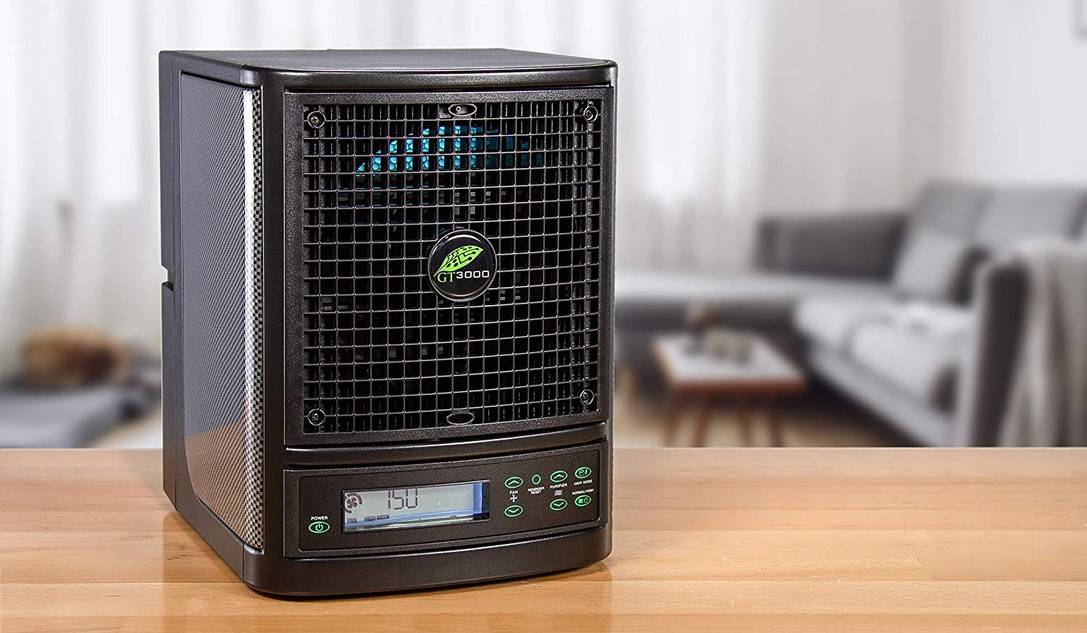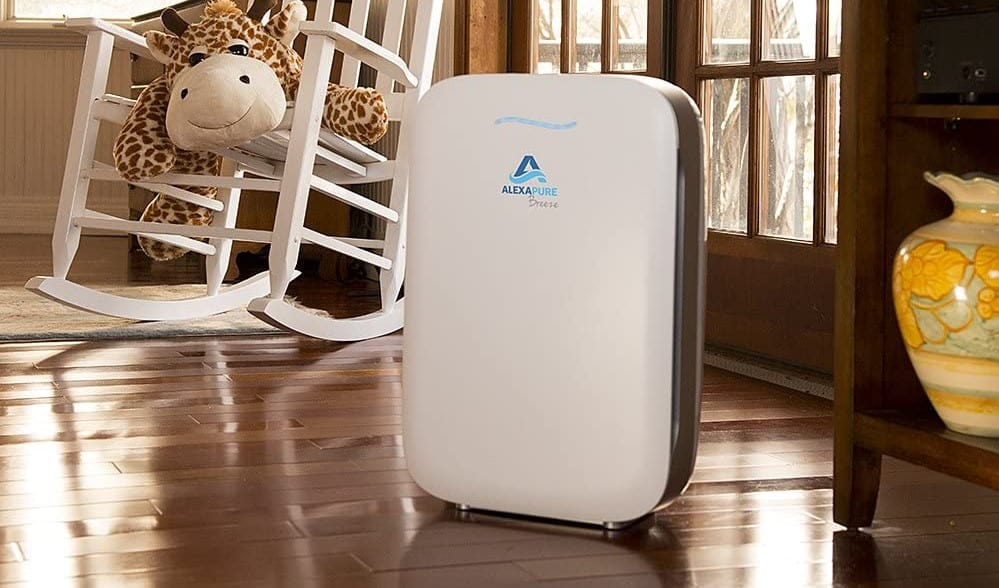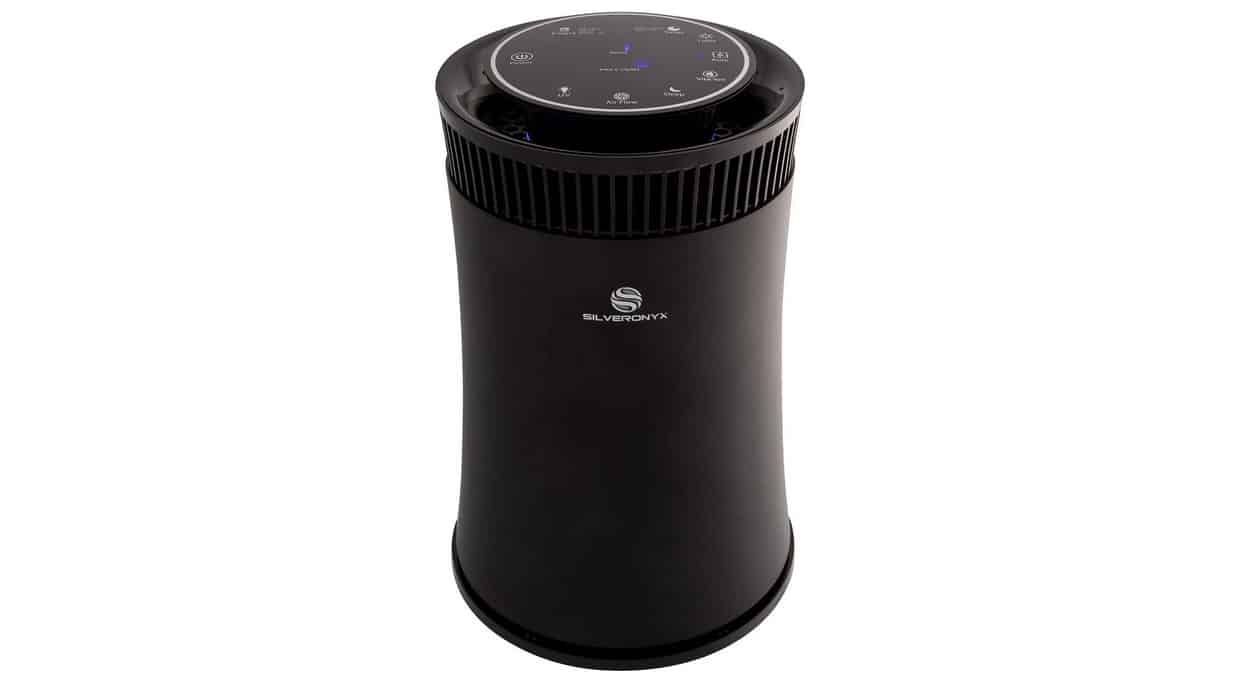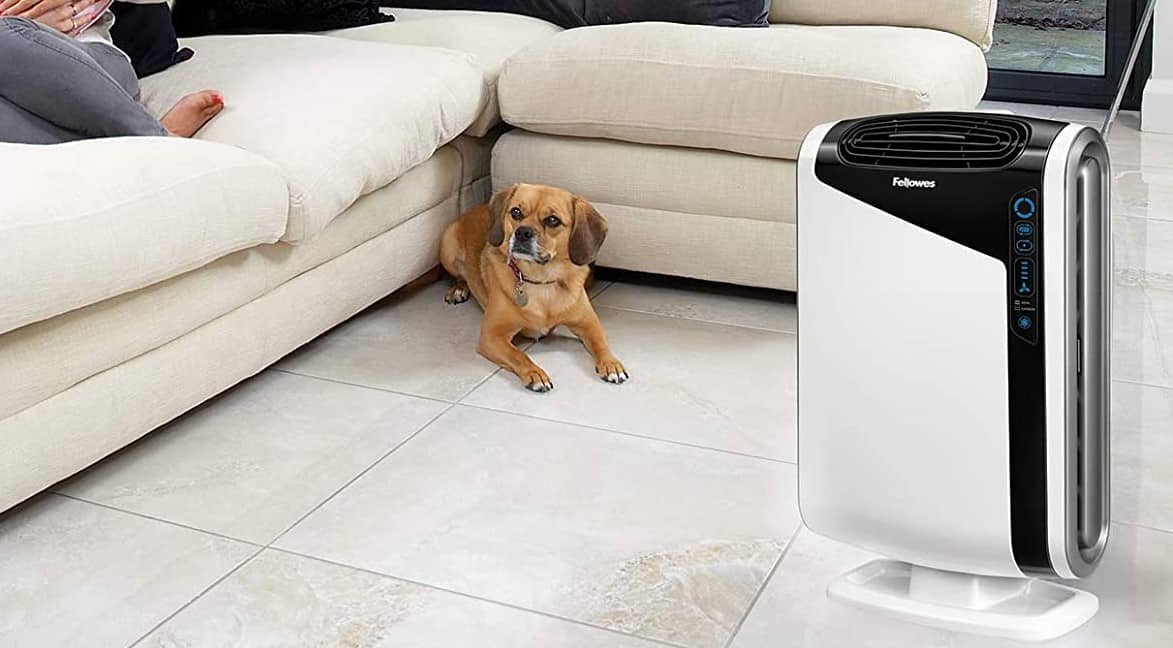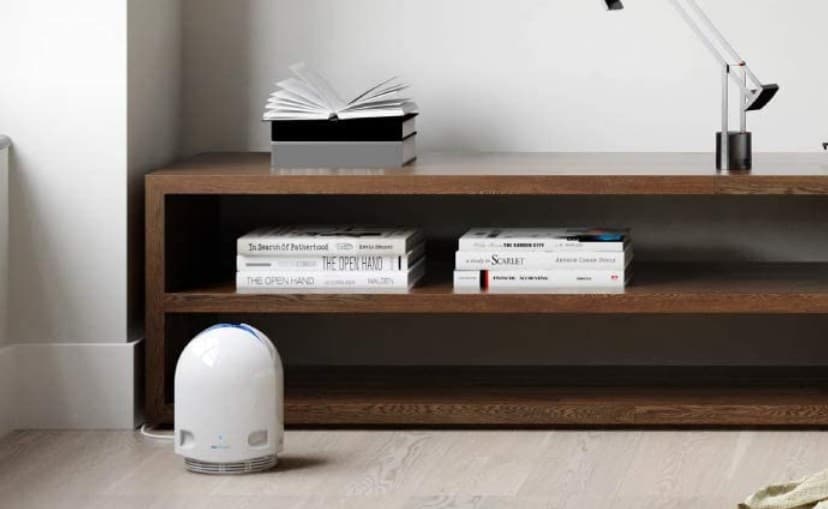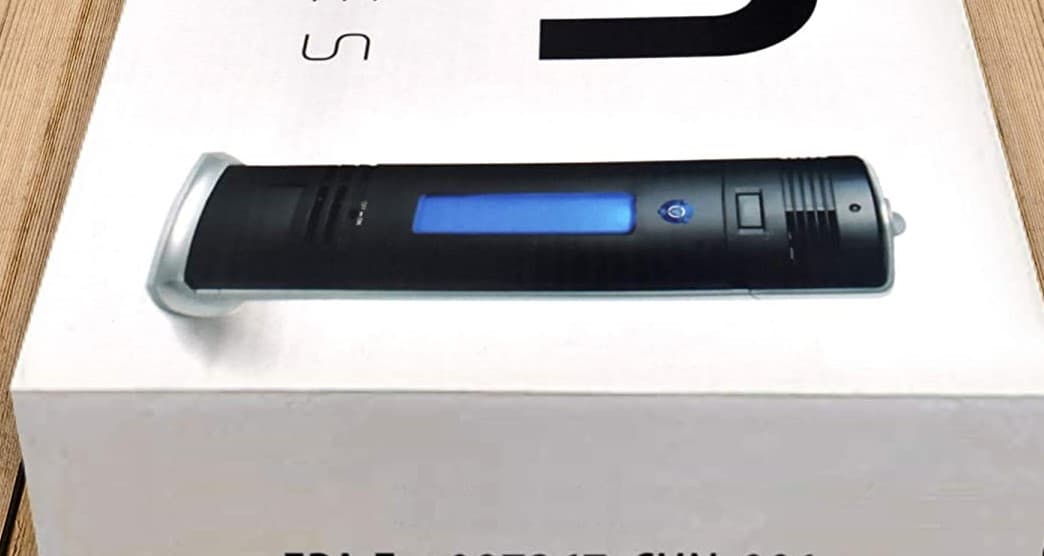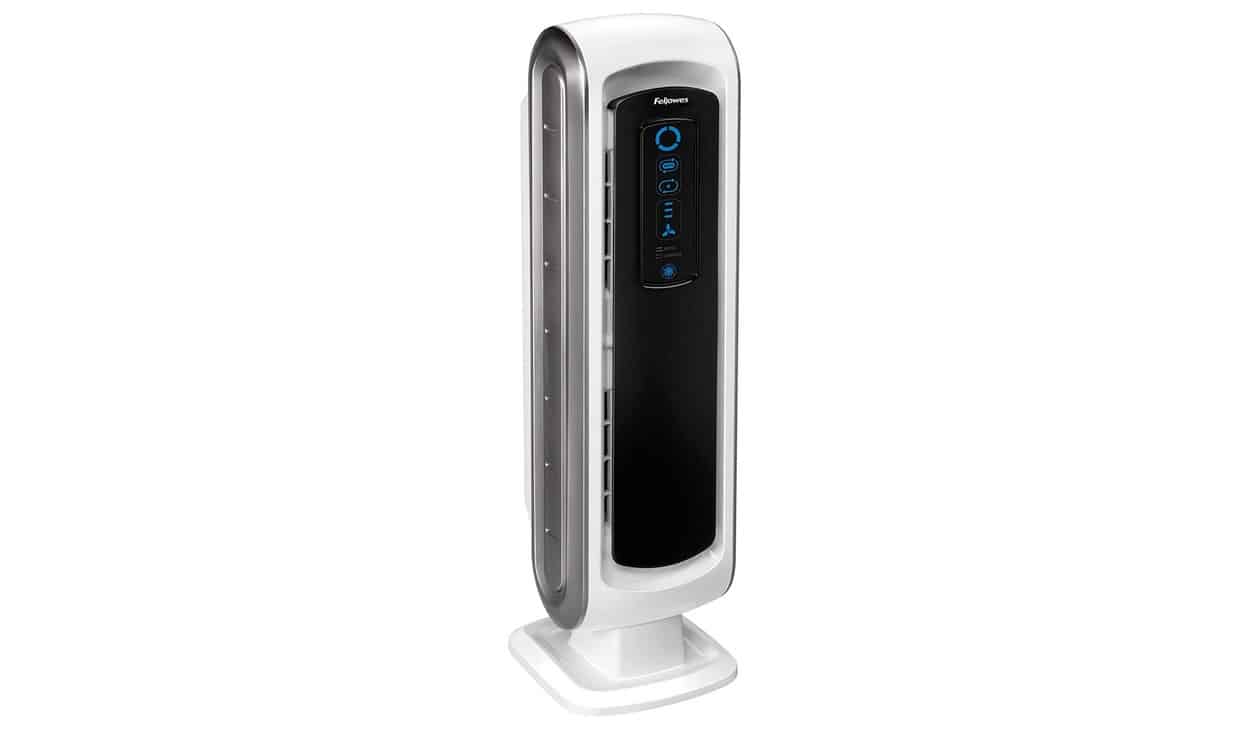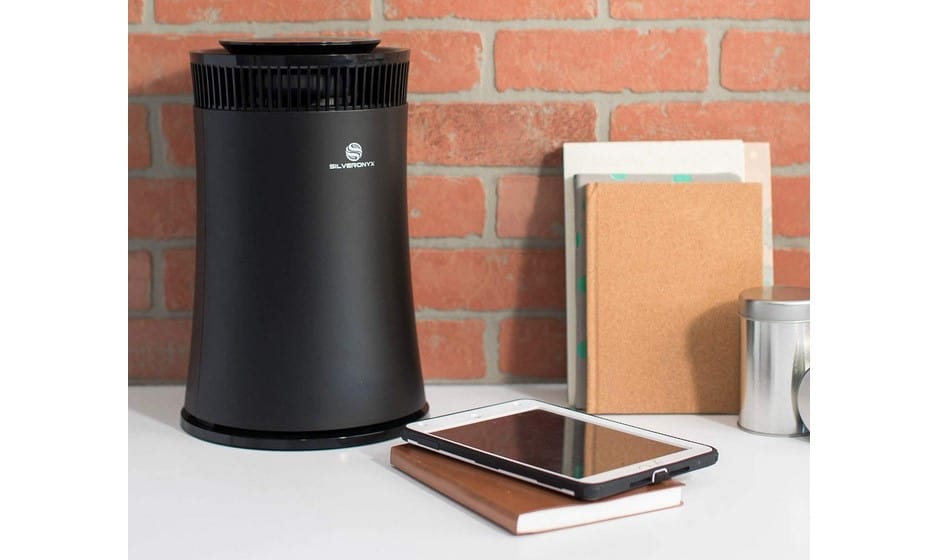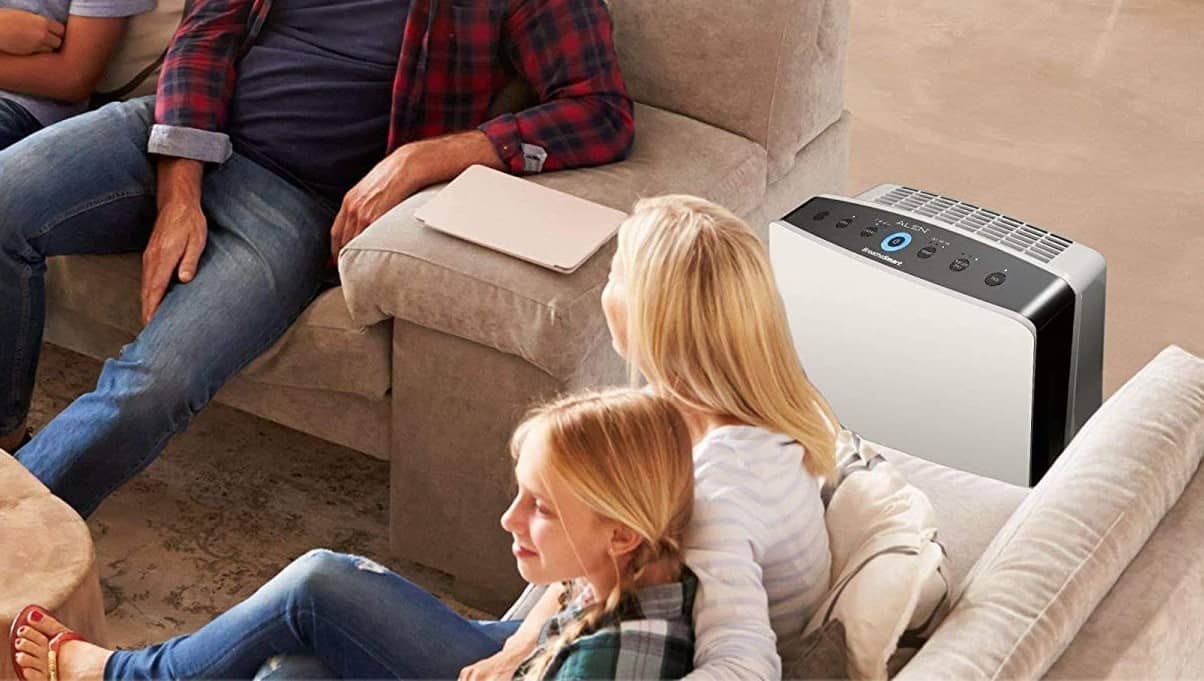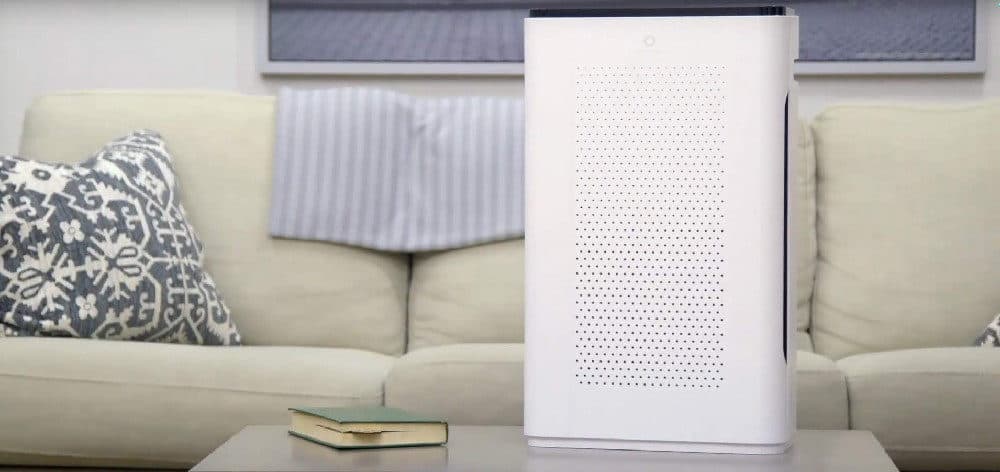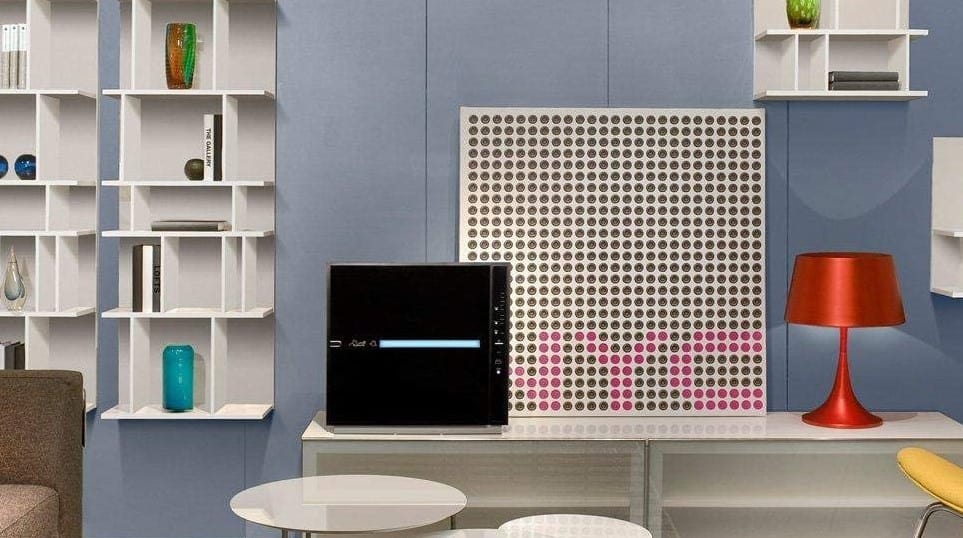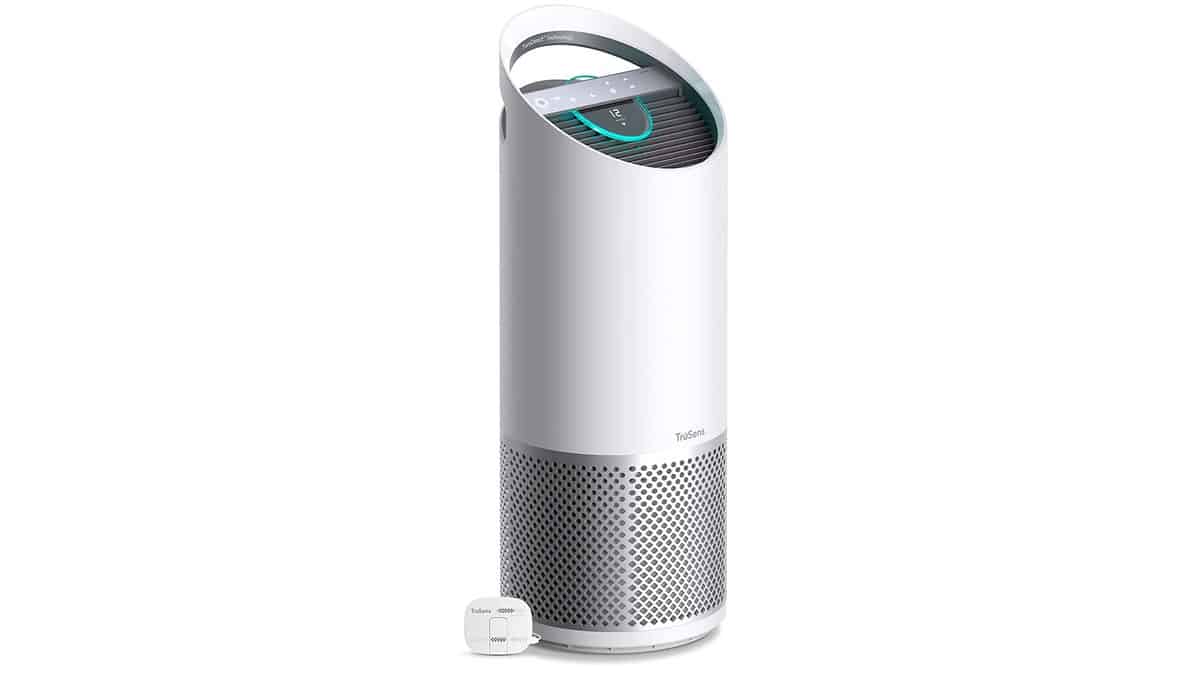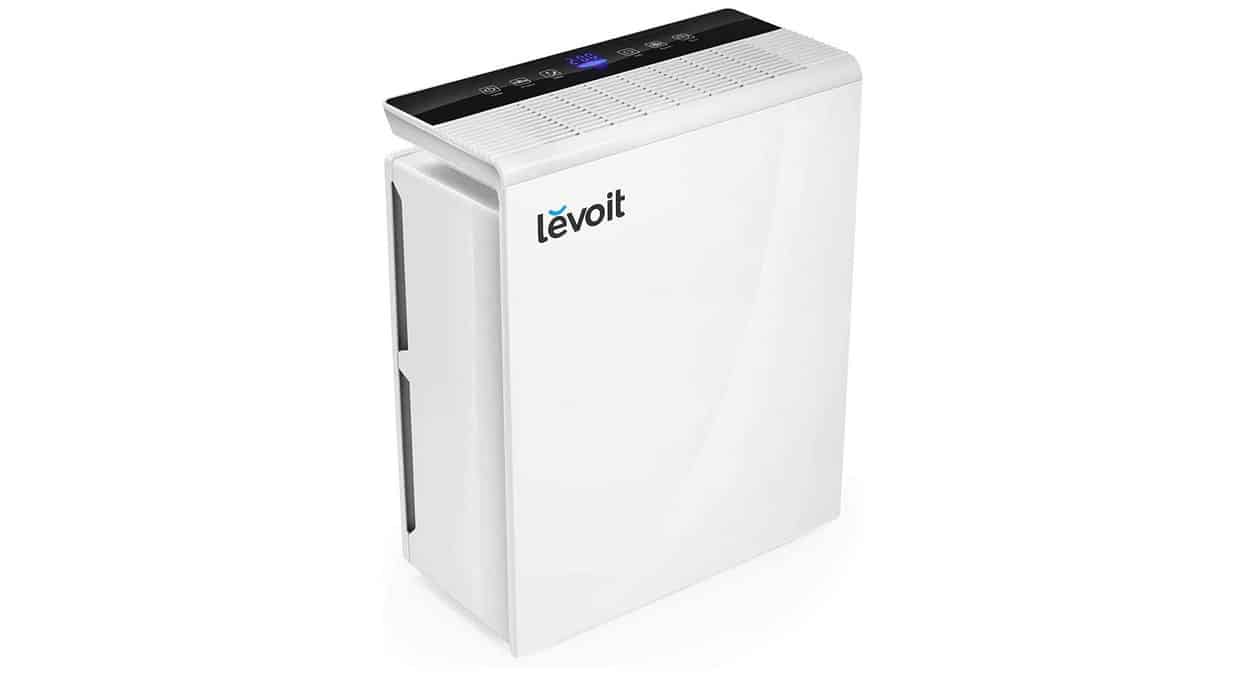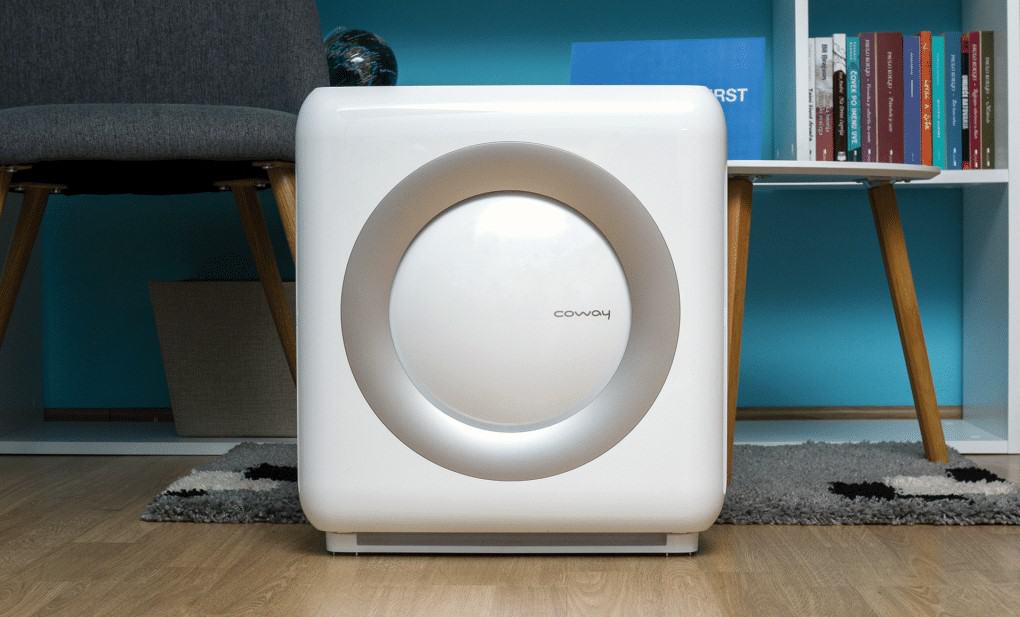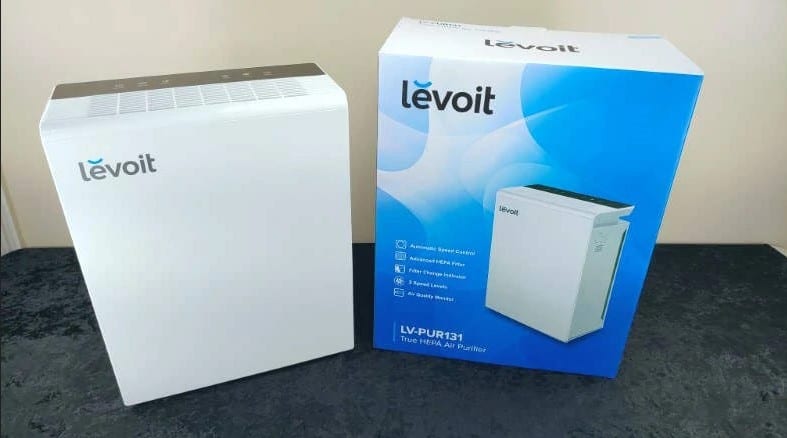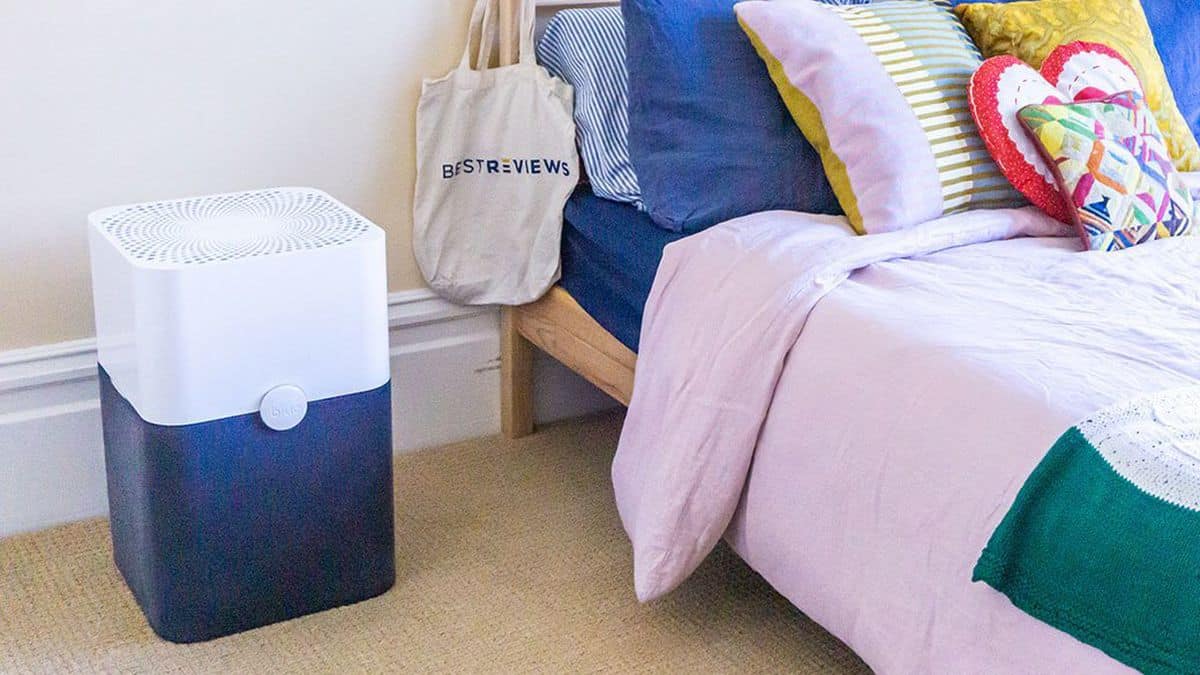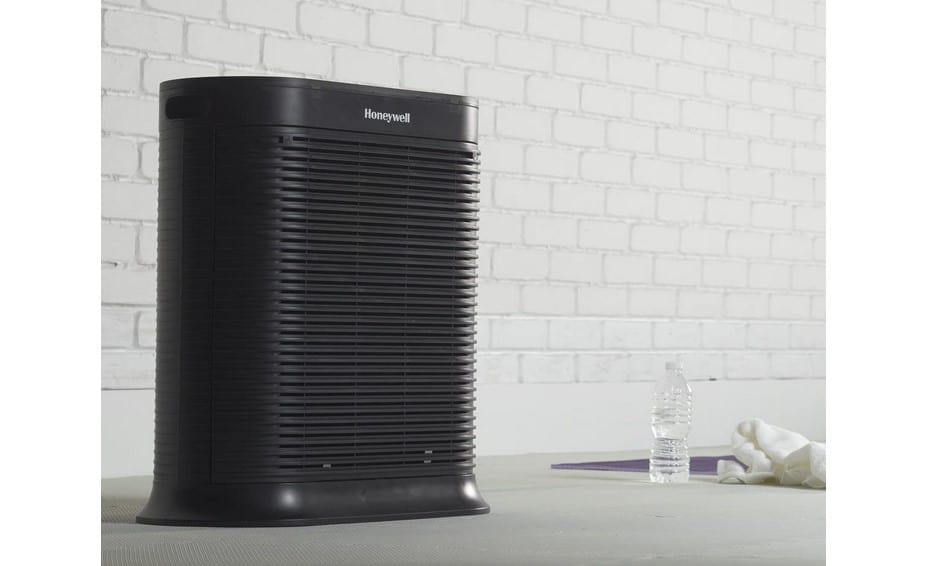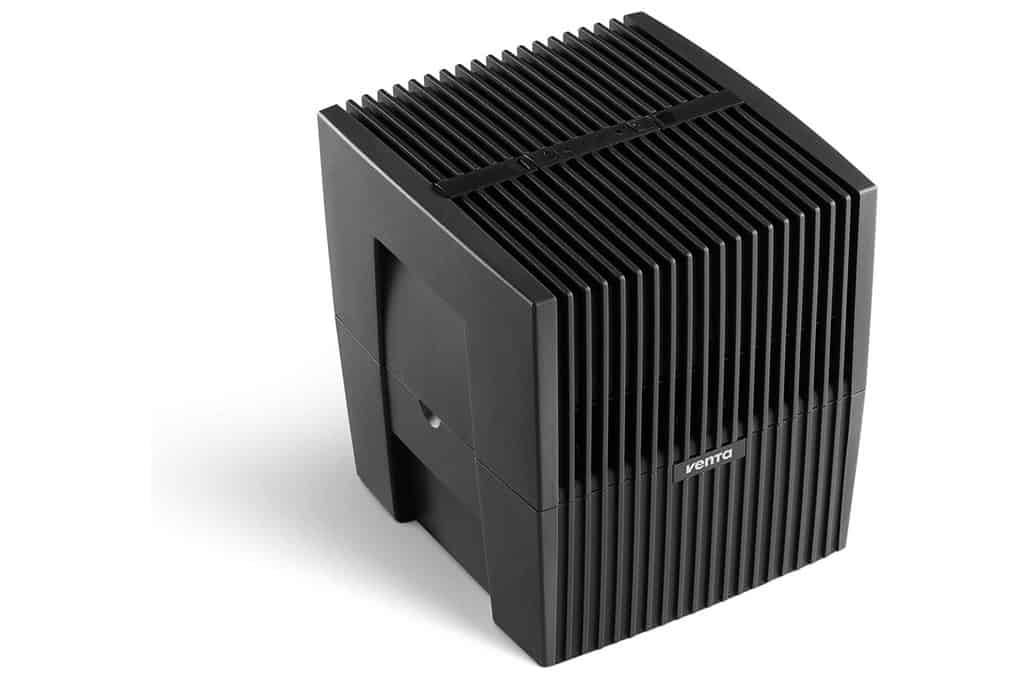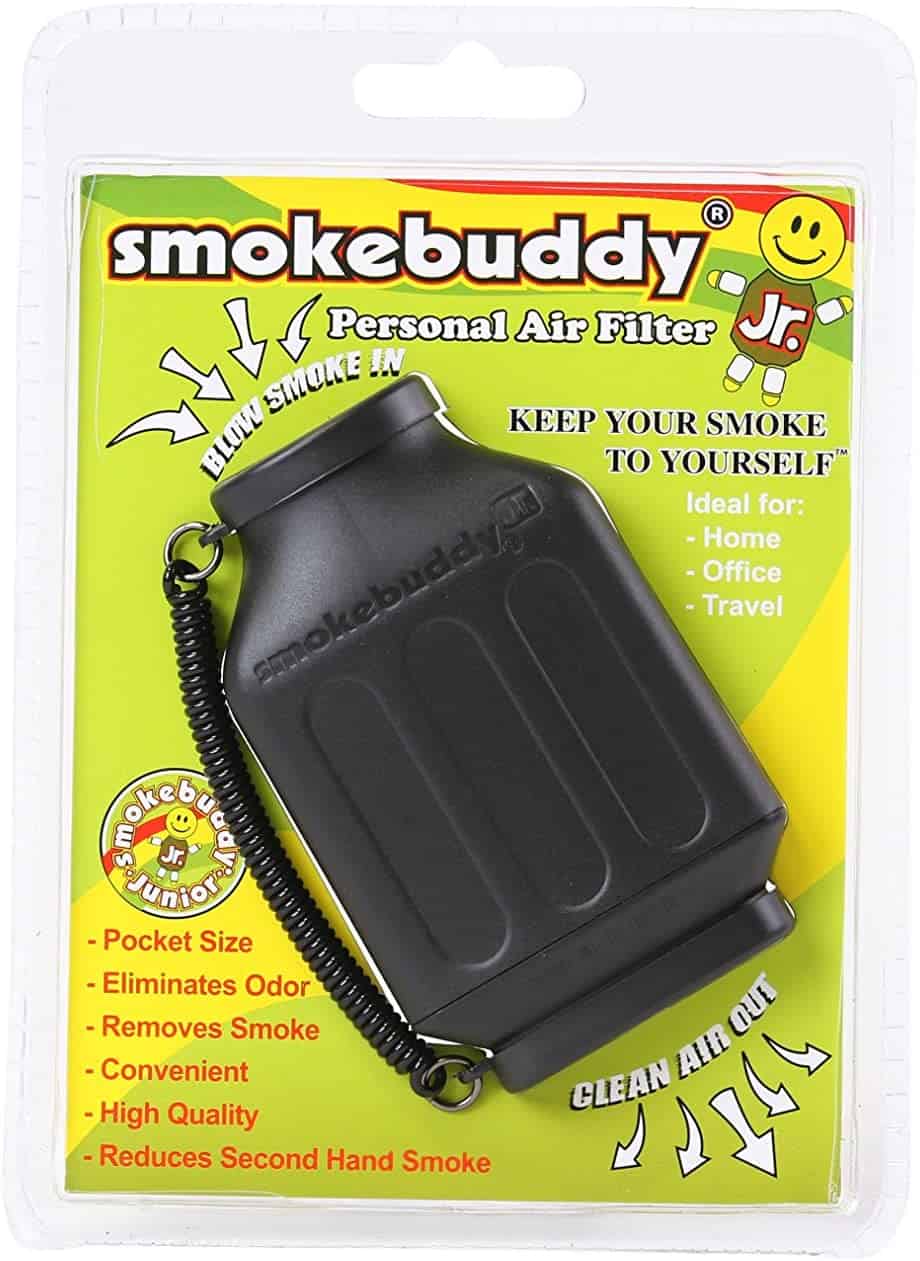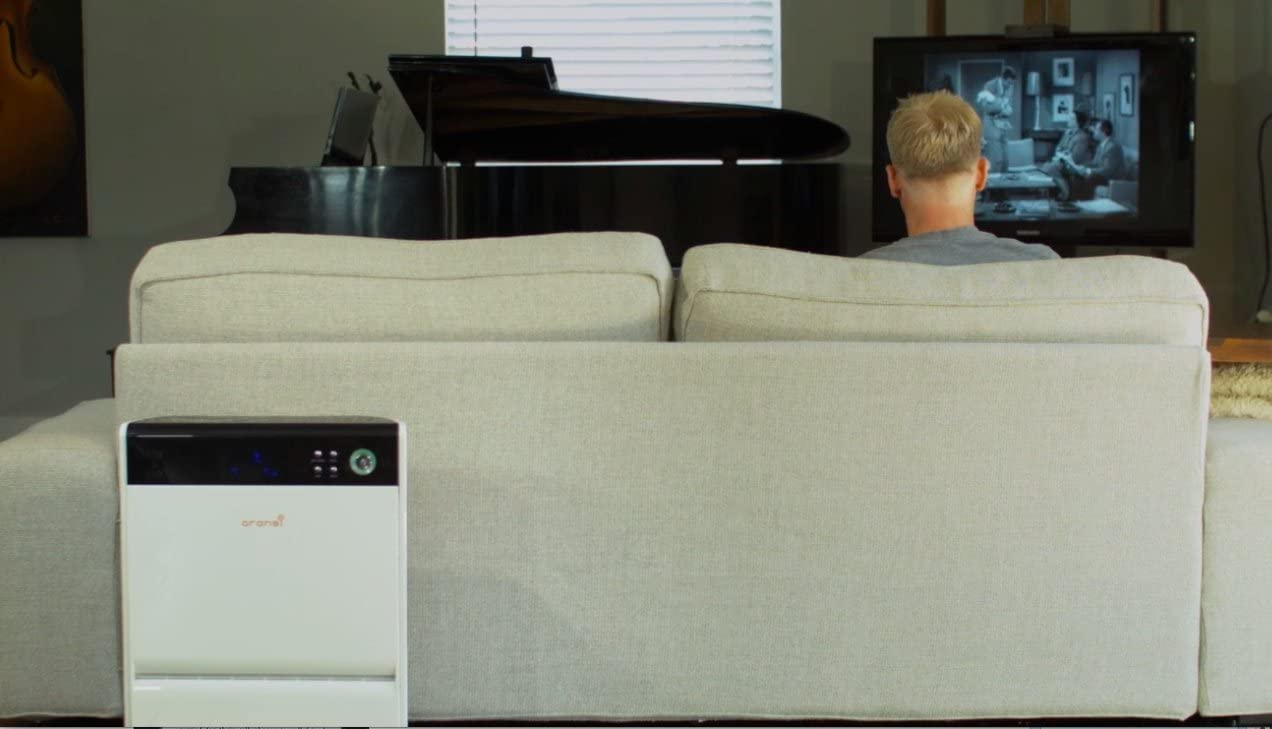If you have recently purchased a top-rated air purifier, you may have one question on your mind. How to put in a HEPA filter in an air purifier? Don’t worry. We have got you covered.
KEY TAKEAWAYS:
- New air purifiers will typically ship with a HEPA filter encased in a plastic sheathing.
- Remove this plastic container and insert the filter according to the quick start guide.
- If you notice a slight odor emanating from a new air purifier, know that it should fade within a day or so.
How to Install a Hepa Filter in a Purifier?
Brand new air purifiers do not typically ship with the HEPA filter already installed. You will have to do it yourself before initially powering up the unit. This is not as hard as it sounds, and our guide to installing an air filter can walk you through it.
Insider Tip
If there is no quick start guide, check the instruction manual or look on YouTube for a video about your specific model.
How to Put in a HEPA Filter in an Air Purifier
The process to insert a HEPA filter in an air purifier will differ depending on the make and model of your purifier, but there are some general commonalities. Here are some universal tips and guidelines. If you use an activated carbon air filter instead of a HEPA filter, you’ll also need to know how to replace the carbon pellets in your air purifier. You might also like to know how long HEPA filters last and how to correctly reset the HEPA air purifier, as needed.
Check the Quick Start Guide
A new air purifier typically contains a number of different pieces of documentation. There is the instruction manual and the warranty card, but you can also encounter something called the quick start guide. This one-sheet exists to inform consumers how to quickly get started with their new air purifier. As such, this guide will usually go over the specific process to insert the HEPA filter inside of the air purifier. If there is no quick start guide, check the instruction manual or look on YouTube for a video about your specific model.
Insider Tip
A HEPA filter will usually be wrapped in plastic and placed inside the air purifier upon receipt.
Remove the Filter From its Packaging
A HEPA filter will usually be wrapped in plastic and placed inside the air purifier upon receipt. Do not power on the air purifier without opening up the housing, retrieving the HEPA filter, removing the plastic, and reinserting the filter back into the air purifier. Running an air purifier with the filter still wrapped in plastic can be a fire hazard and could be a danger to the unit.
There May be an Odor at First
Depending on the design of your HEPA filter and your air purifier, there could be a slight odor that emanates from the unit when you first power it on. Do not worry. This is just a natural part of the filter springing to life. This odor should be minimal and should dissipate within one day of use. Be sure to check on it from time to time during this 24 hour period to see if the aroma has faded or not.
Warning
Do not power on the air purifier without opening up the housing, retrieving the HEPA filter, removing the plastic, and reinserting the filter back into the air purifier.
F.A.Q.S
Where to place an air purifier?
You can place an air purifier anywhere you want, though we would caution against placing one too close to a wall or a related obstacle. Basically, an air purifier needs a little bit of room so it can properly inhale and exhale air.
Are all HEPA filters the same?
No, HEPA is more of a standard than an actual product. In other words, a filter can be considered a HEPA filter as long as it meets certain requirements. A true HEPA filter has to be able to filter at least 99.97 percent of air particulates that are larger than 0.3 microns in diameter.
What are HEPA filters made of?
HEPA filters can be made from a wide variety of materials, including metallic wool, glass, woven animal hair, and more.
STAT: Department of Energy (DOE) specifies HEPA filters used by DOE contractors must be able to remove 99.7 percent of airborne particles 0.3 microns and larger, but no federal or national regulations exist for the consumer industry. (source)

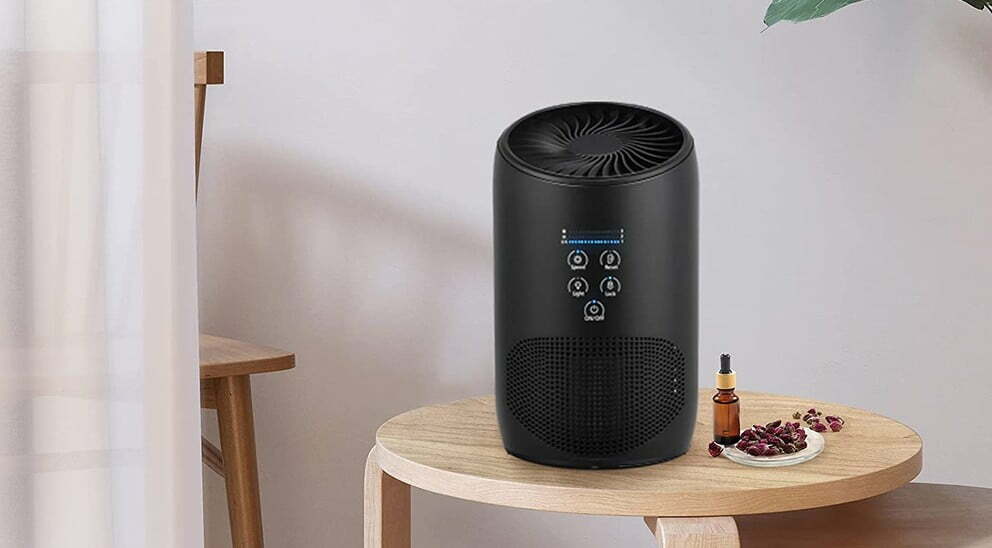













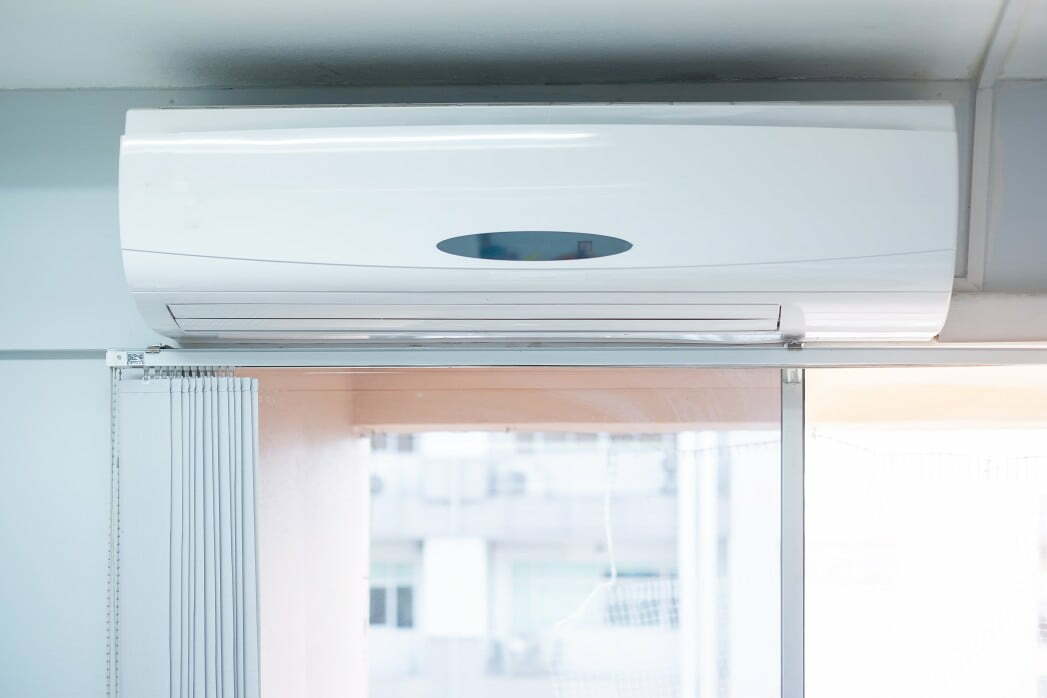
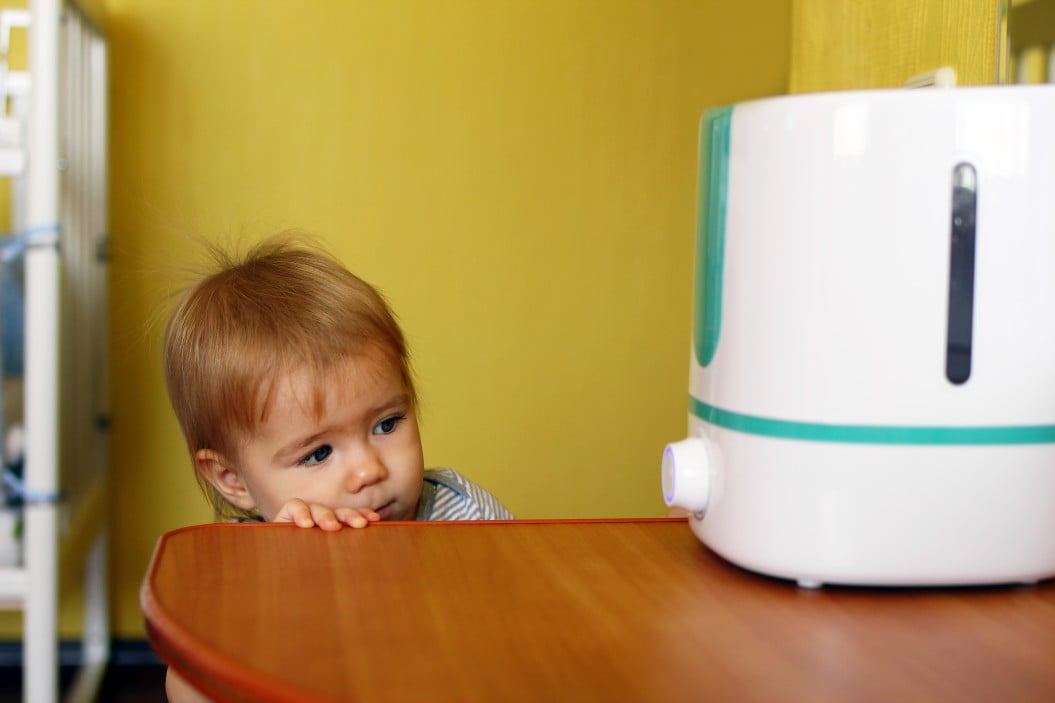
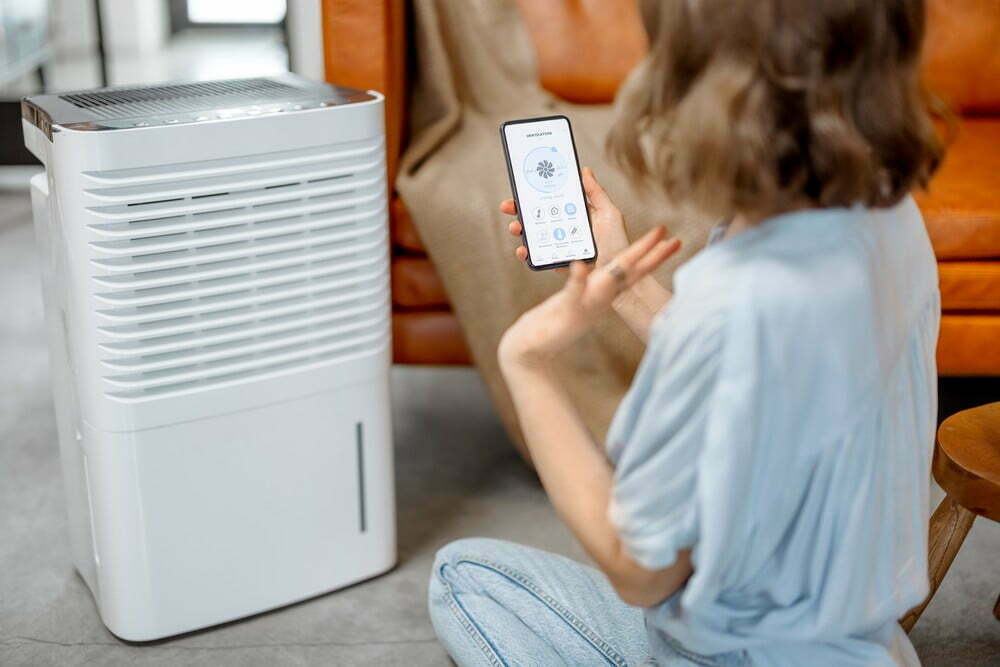
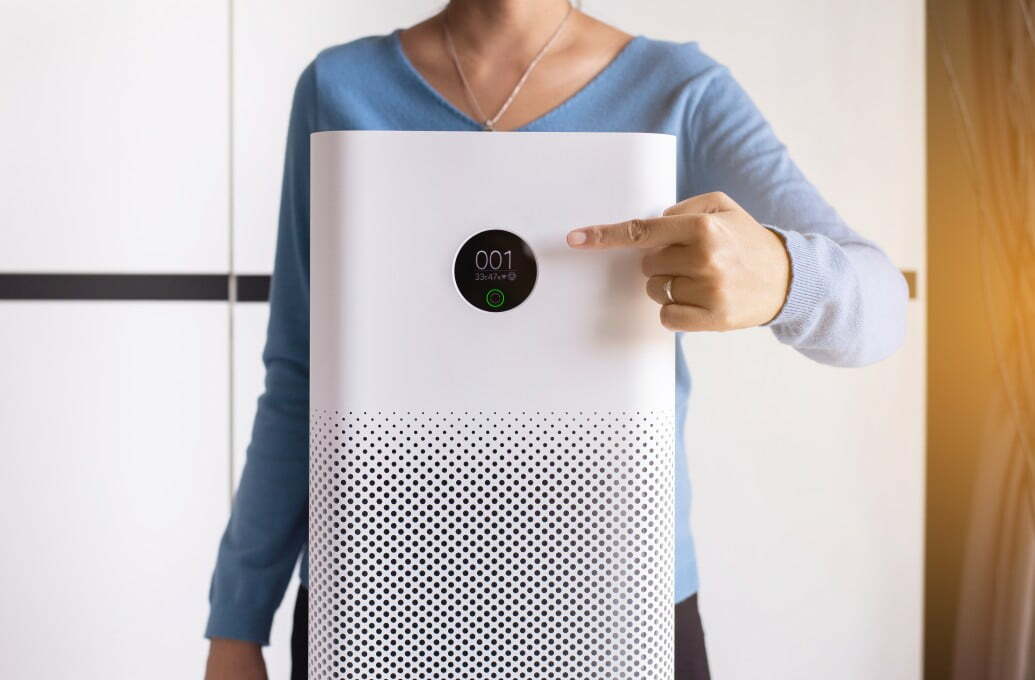
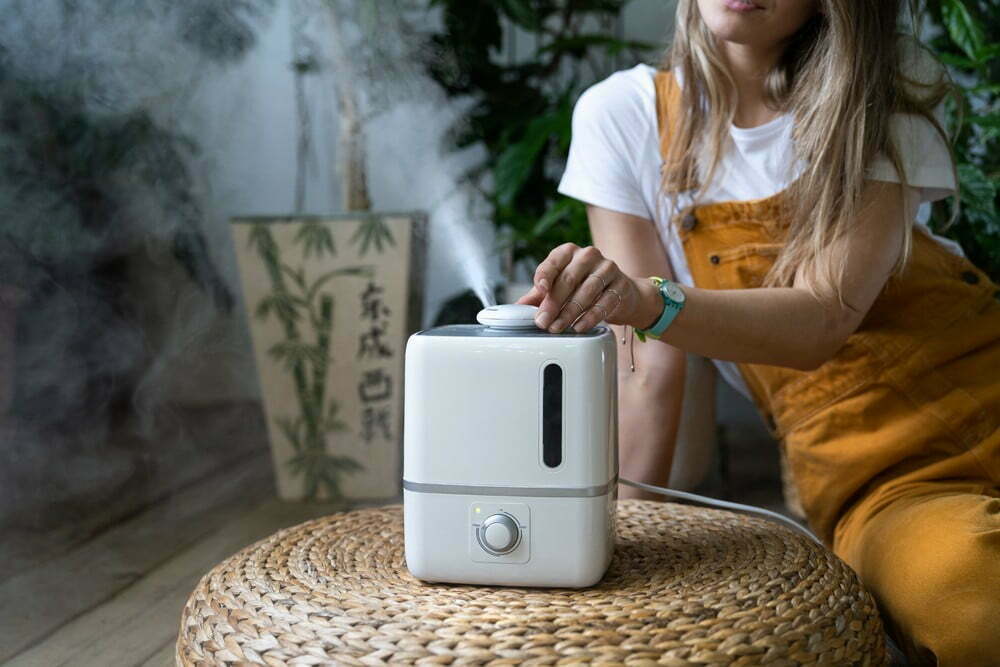
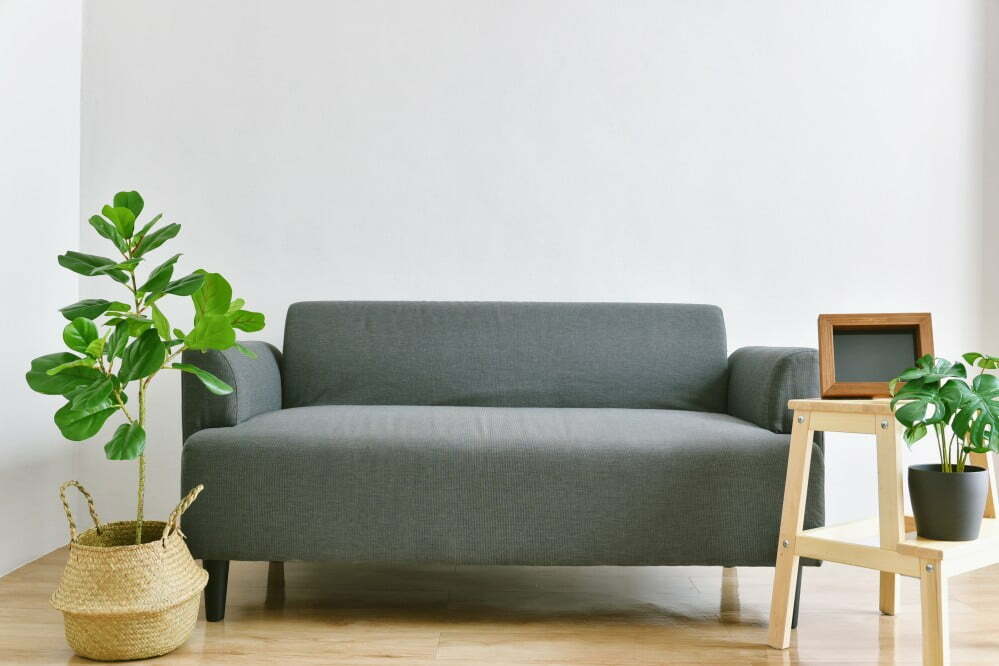

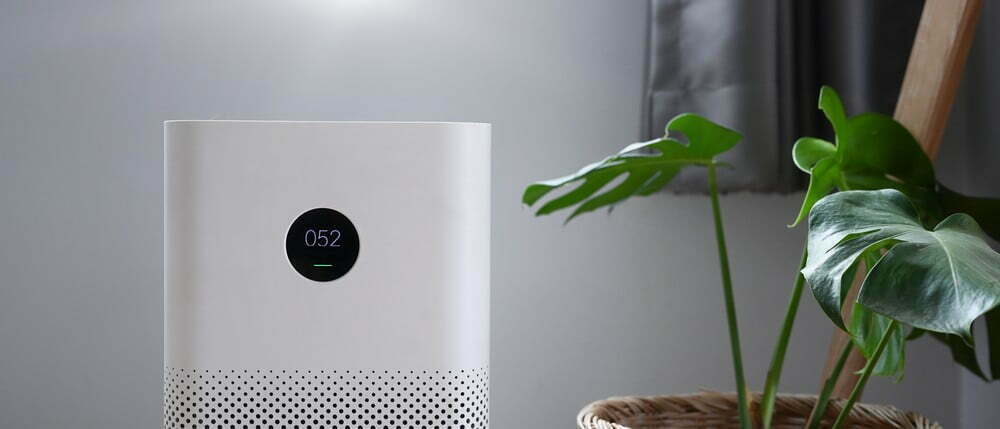
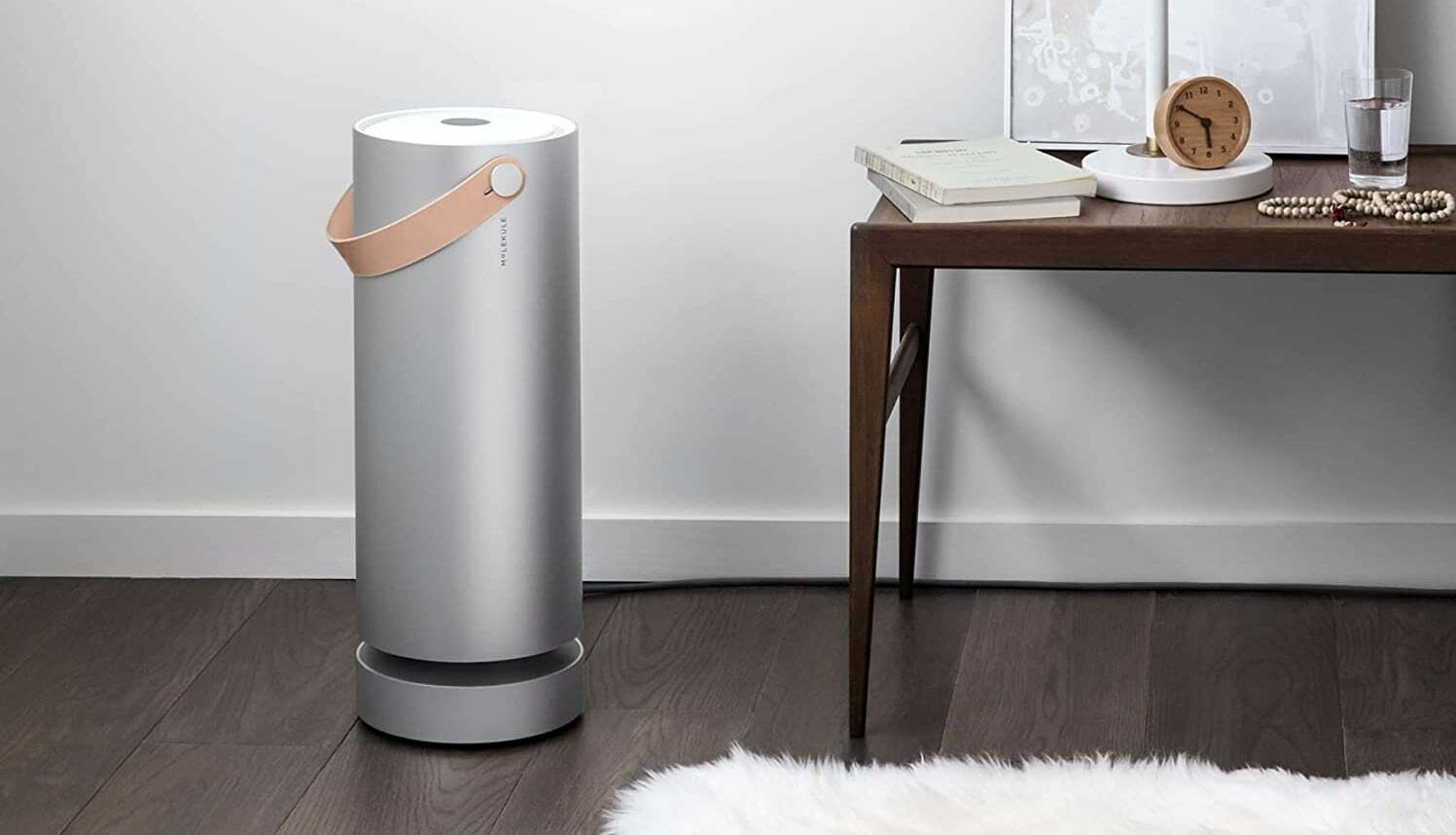
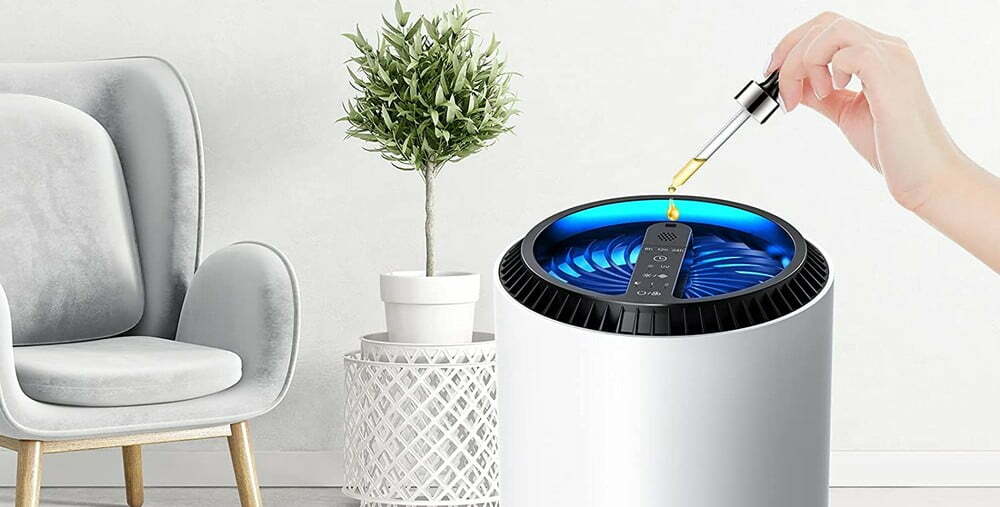
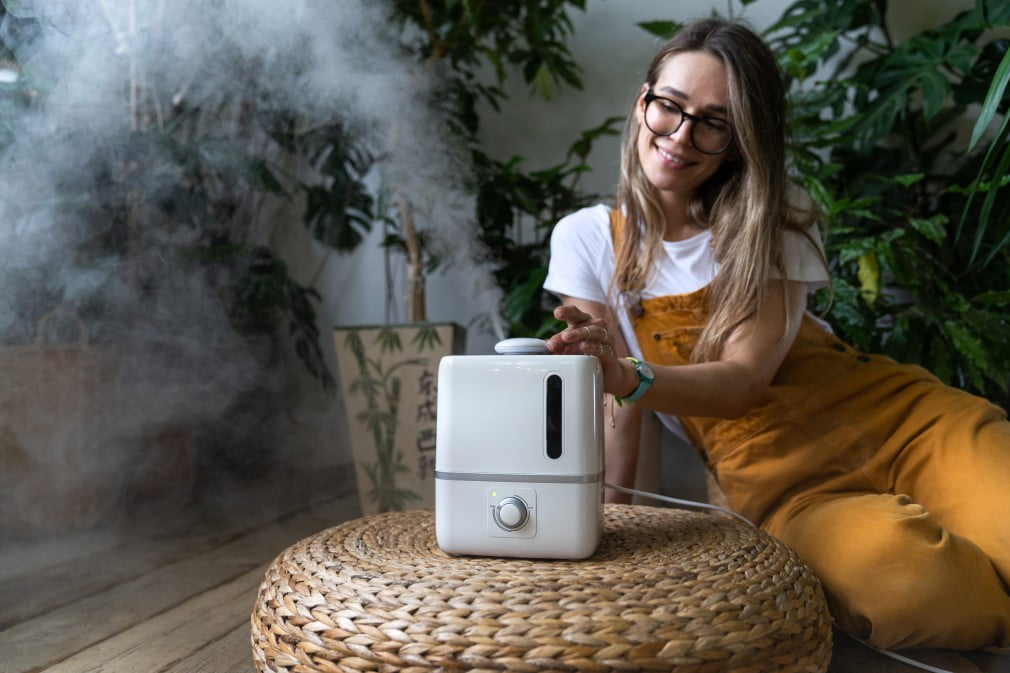
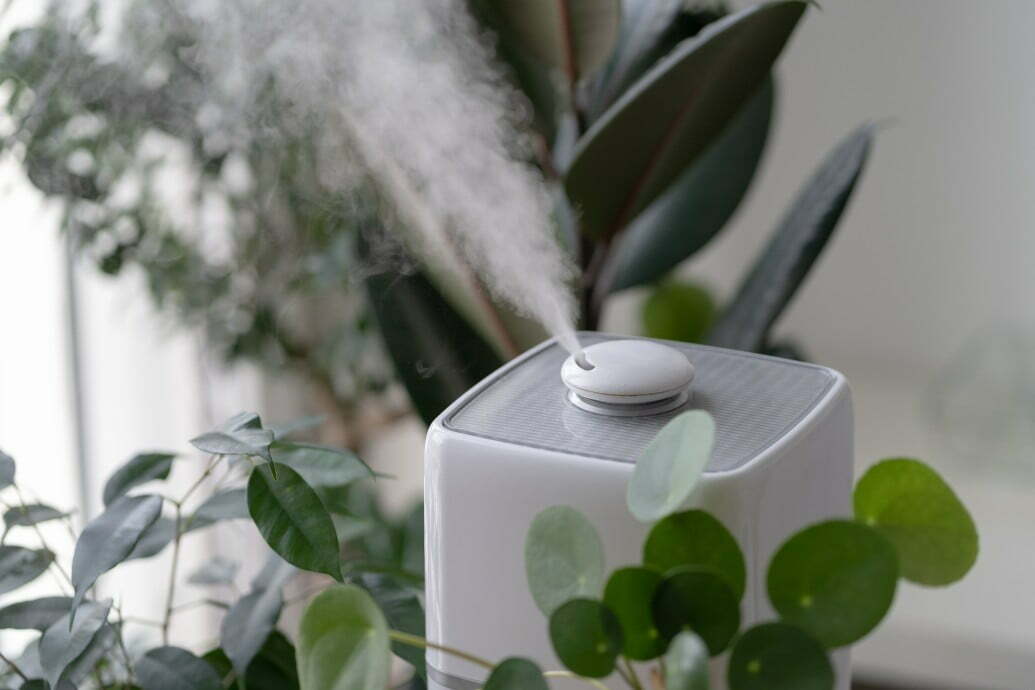
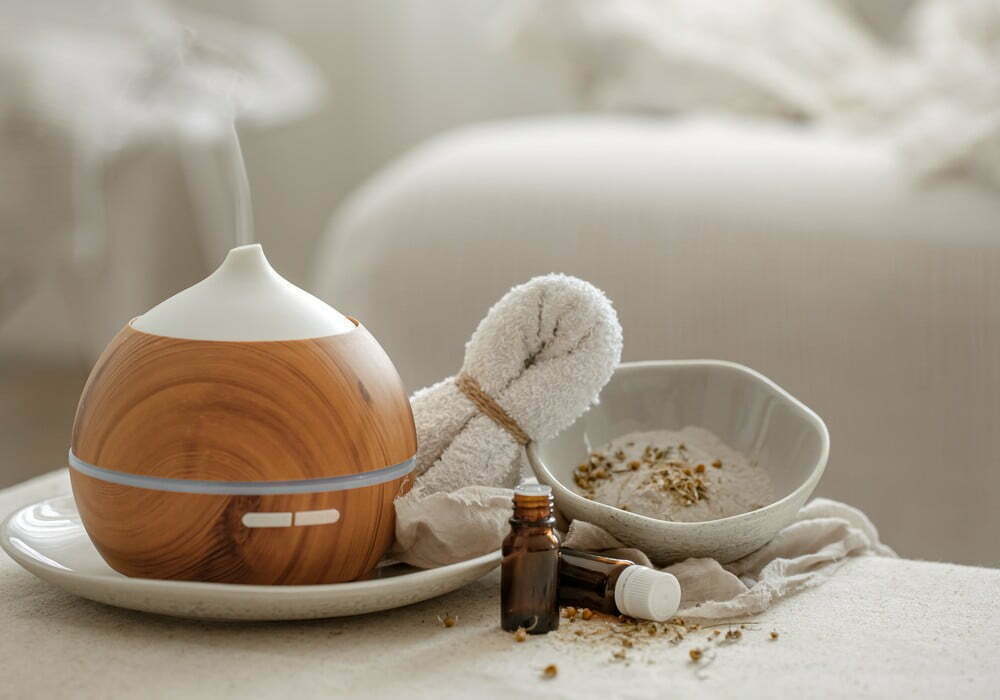
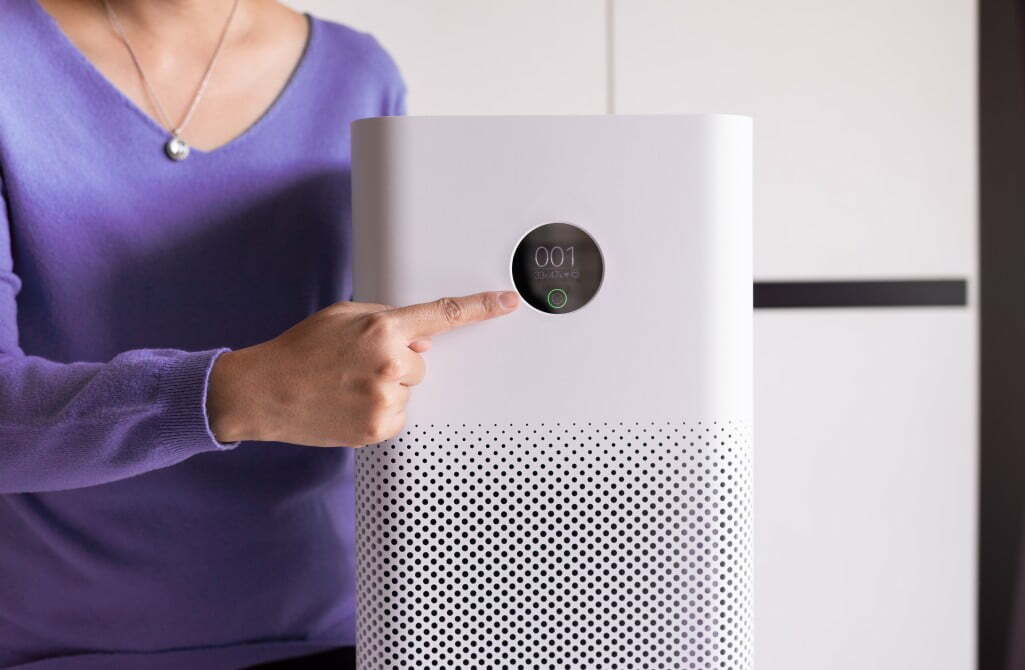
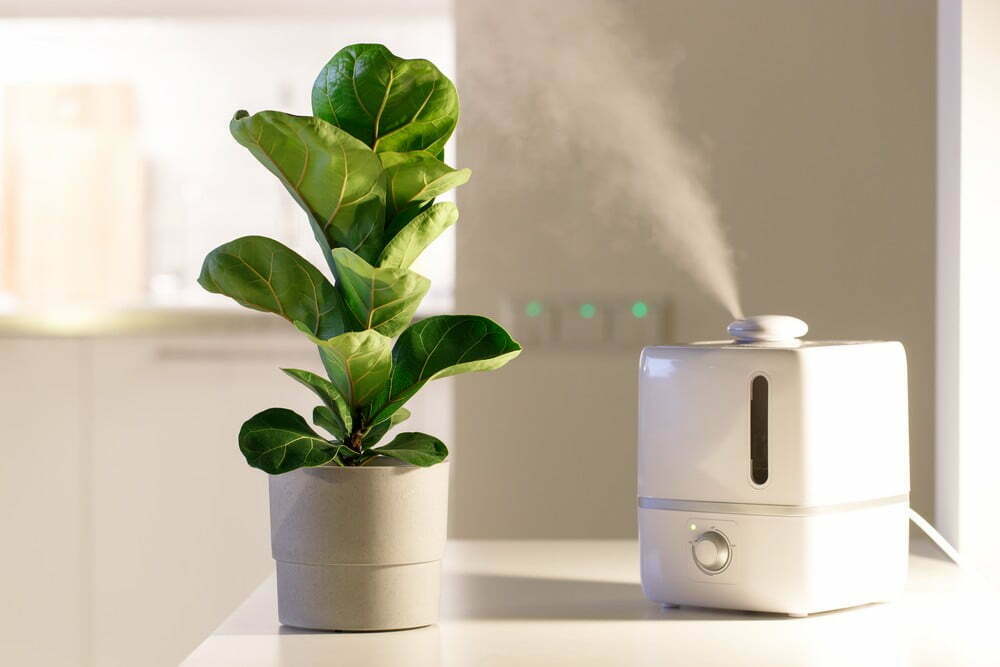
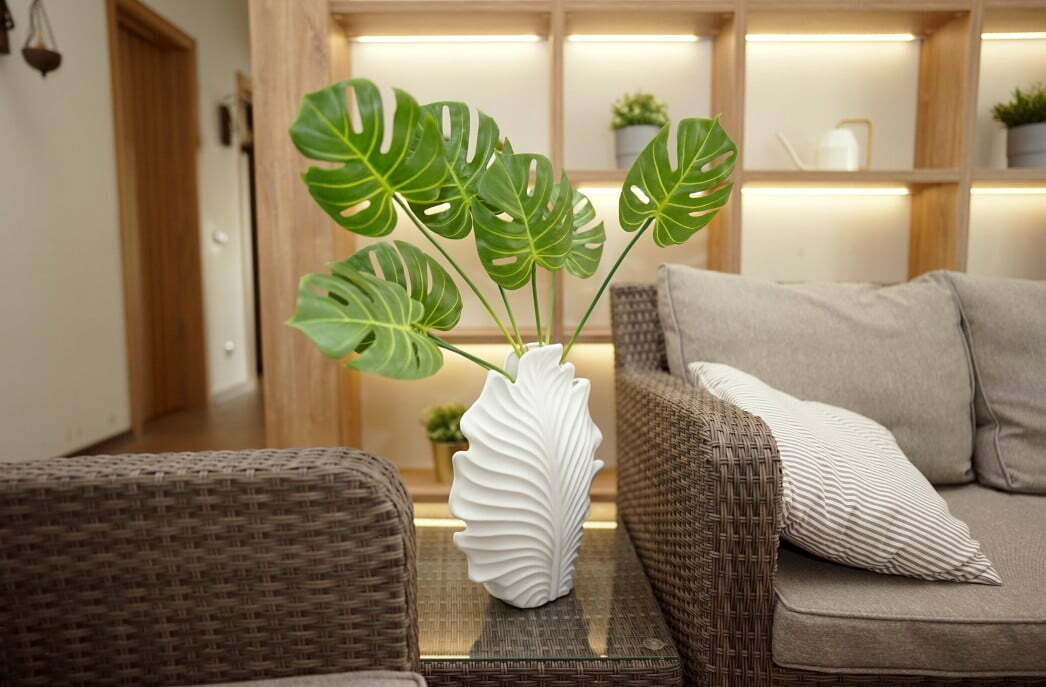
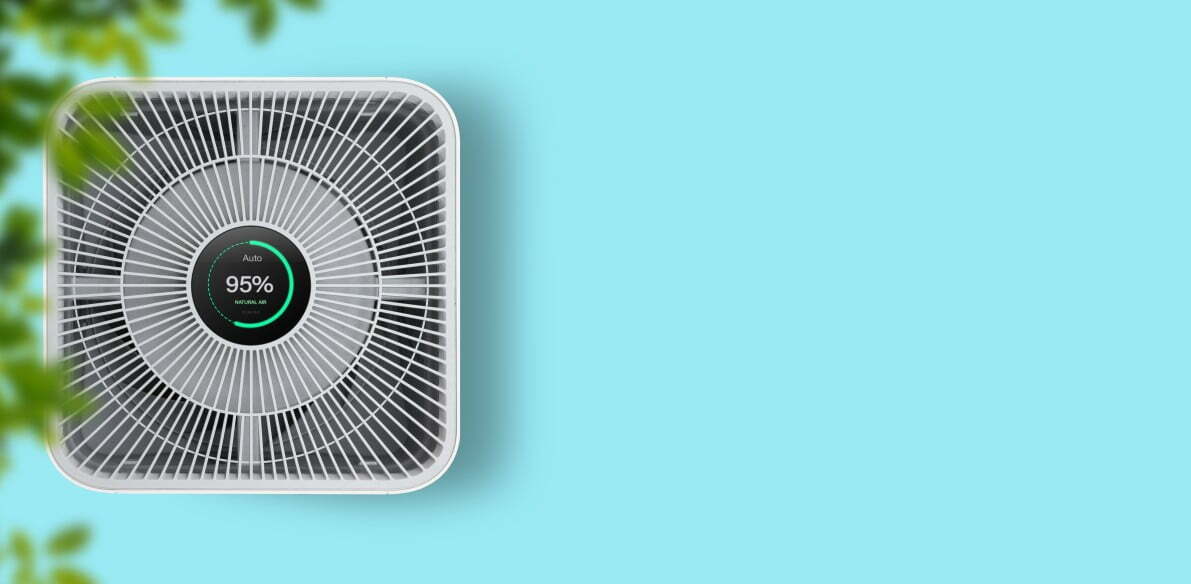
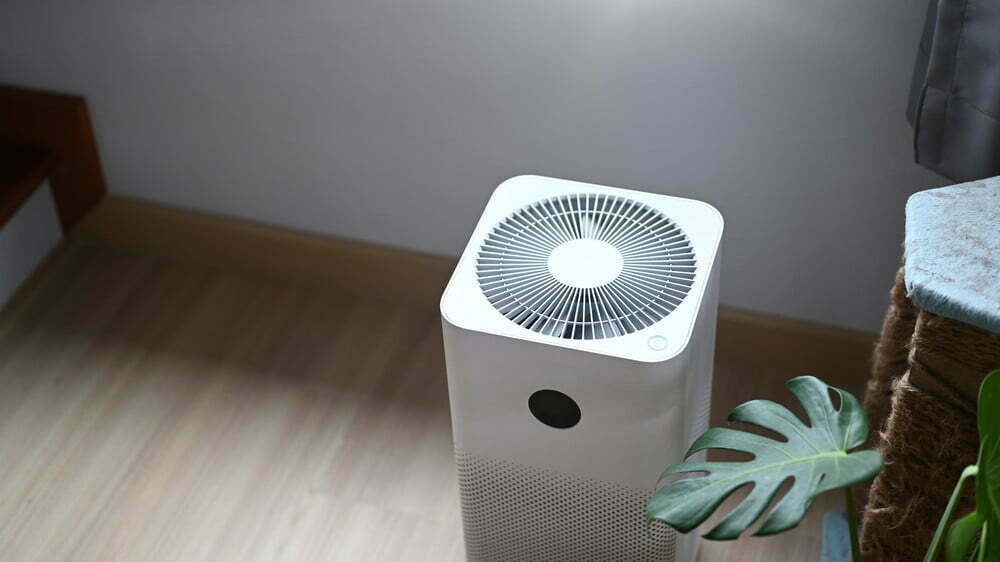
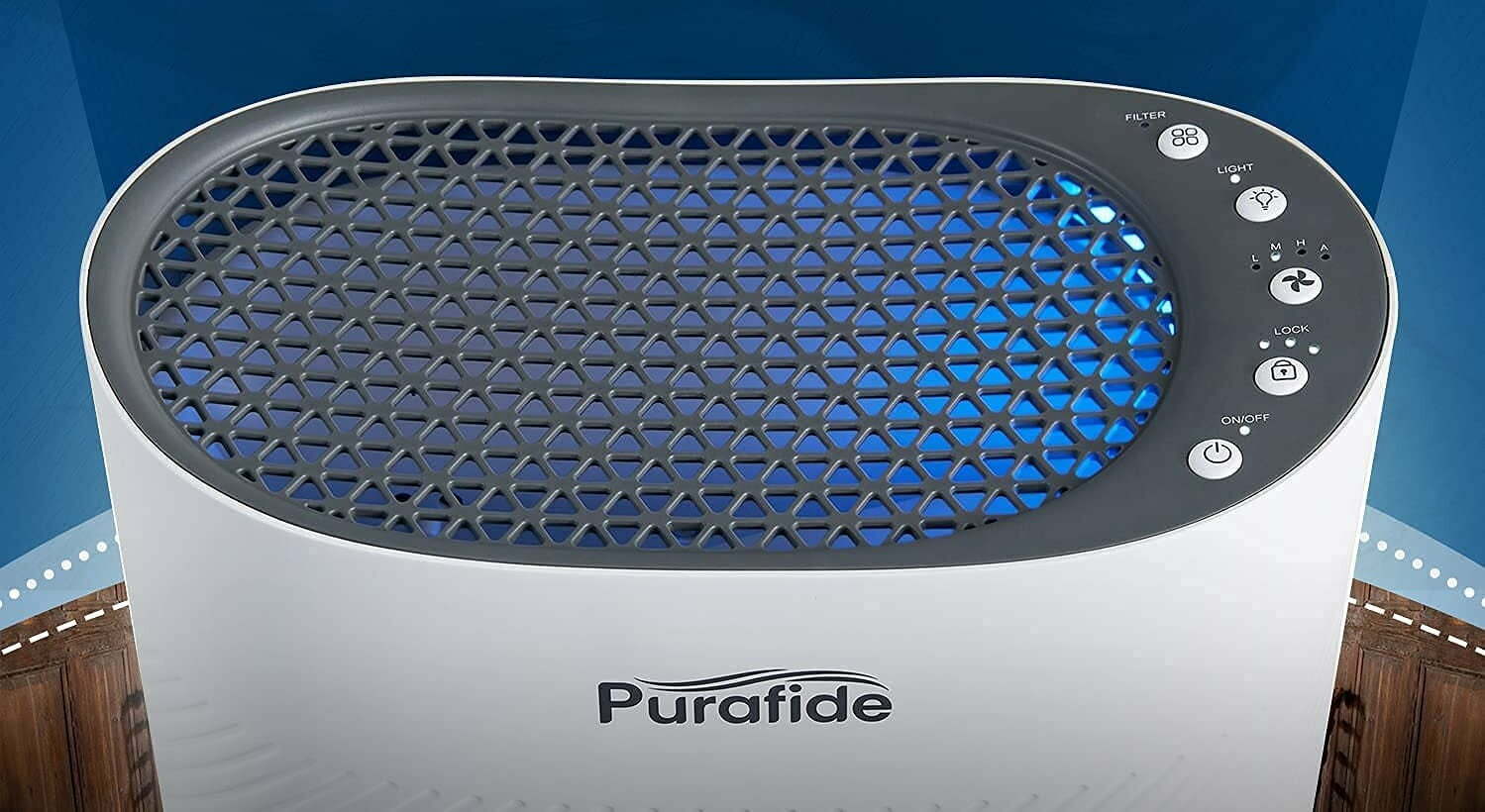
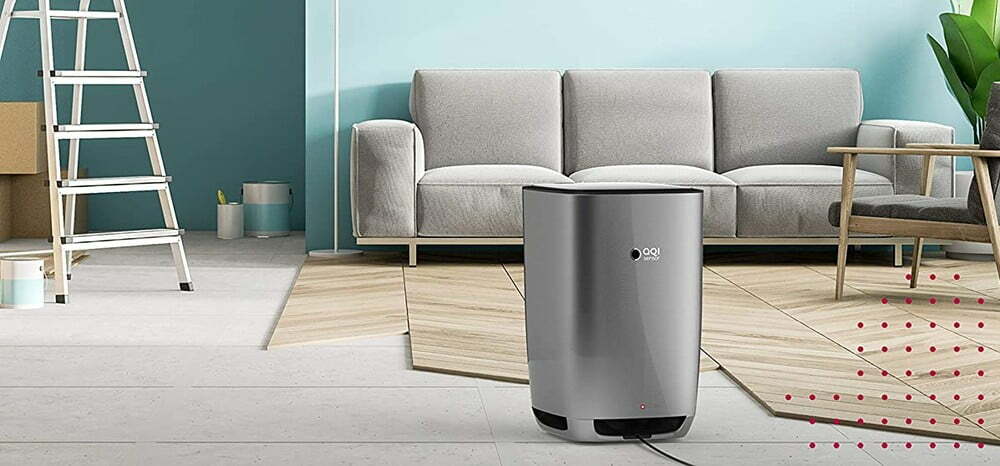
![Best Air Purifiers for VOCs and Formaldehyde in [year] 27 Best Air Purifiers for VOCs and Formaldehyde in 2026](https://www.gadgetreview.dev/wp-content/uploads/best-air-purifier-for-vocs-and-formaldehyde-image.jpg)
![Best Air Purifier in [year] ([month] Reviews) 28 Best Air Purifier in 2026 (January Reviews)](https://www.gadgetreview.dev/wp-content/uploads/Honeywell-True-HEPA-Allergen-Remover-HPA300-e1475603569442.jpg)
![Best Air Purifiers for Dust in [year] 29 Best Air Purifiers for Dust in 2026](https://www.gadgetreview.dev/wp-content/uploads/best-air-purifier-for-dust-image.jpg)
![Best Honeywell Air Purifiers in [year] 30 Best Honeywell Air Purifiers in 2026](https://www.gadgetreview.dev/wp-content/uploads/best-honeywell-air-purifier-image.jpg)
![Best Germicidal Air Purifiers in [year] 31 Best Germicidal Air Purifiers in 2026](https://www.gadgetreview.dev/wp-content/uploads/best-germicidal-air-purifier-image.jpg)
![Best Filterless Air Purifiers in [year] 32 Best Filterless Air Purifiers in 2026](https://www.gadgetreview.dev/wp-content/uploads/best-filterless-air-purifier-image.jpg)
![Best Levoit Air Purifiers in [year] 33 Best Levoit Air Purifiers in 2026](https://www.gadgetreview.dev/wp-content/uploads/best-levoit-air-purifier-image.jpg)
![Best Air Purifiers for Smoking Weed in [year] 34 Best Air Purifiers for Smoking Weed in 2026](https://www.gadgetreview.dev/wp-content/uploads/best-air-purifier-for-smoking-weed-image.jpg)
![Best Quiet Air Purifiers in [year] 35 Best Quiet Air Purifiers in 2026](https://www.gadgetreview.dev/wp-content/uploads/best-quiet-air-purifier-image.jpg)
![Best Desktop Air Purifiers in [year] 36 Best Desktop Air Purifiers in 2026](https://www.gadgetreview.dev/wp-content/uploads/best-desktop-air-purifier.jpg)
![Best Dyson Air Purifiers in [year] 37 Best Dyson Air Purifiers in 2026](https://www.gadgetreview.dev/wp-content/uploads/best-dyson-air-purifier.jpg)
![Best Air Purifiers for Dorm Room in [year] 38 Best Air Purifiers for Dorm Room in 2026](https://www.gadgetreview.dev/wp-content/uploads/air-purifier-for-dorm-room-1.jpg)
![Best Air Purifiers for Office in [year] 39 Best Air Purifiers for Office in 2026](https://www.gadgetreview.dev/wp-content/uploads/best-air-purifier-for-office.jpg)
![Best Air Purifiers for Basement in [year] 40 Best Air Purifiers for Basement in 2026](https://www.gadgetreview.dev/wp-content/uploads/best-air-purifier-for-basement.jpg)
![Best Air Purifiers For Odor in [year] 41 Best Air Purifiers For Odor in 2026](https://www.gadgetreview.dev/wp-content/uploads/best-air-purifier-odor.jpg)
![10 Best Personal Air Purifiers in [year] 42 10 Best Personal Air Purifiers in 2026](https://www.gadgetreview.dev/wp-content/uploads/best-personal-air-purifiers.jpg)
![10 Best Plug In Air Purifiers in [year] 43 10 Best Plug In Air Purifiers in 2026](https://www.gadgetreview.dev/wp-content/uploads/best-plug-in-air-purifier-image.jpg)
![10 Best Whole House Air Purifiers in [year] 44 10 Best Whole House Air Purifiers in 2026](https://www.gadgetreview.dev/wp-content/uploads/best-whole-house-air-purifier-image.jpg)
![10 Best Large Room Air Purifiers in [year] 45 10 Best Large Room Air Purifiers in 2026](https://www.gadgetreview.dev/wp-content/uploads/Coway-Airmega-200M-Large-Room-Air-Purifier-900x900-1.png)
![10 Best UV Air Purifiers in [year] 46 10 Best UV Air Purifiers in 2026](https://www.gadgetreview.dev/wp-content/uploads/best-uv-air-purifier.jpg)
